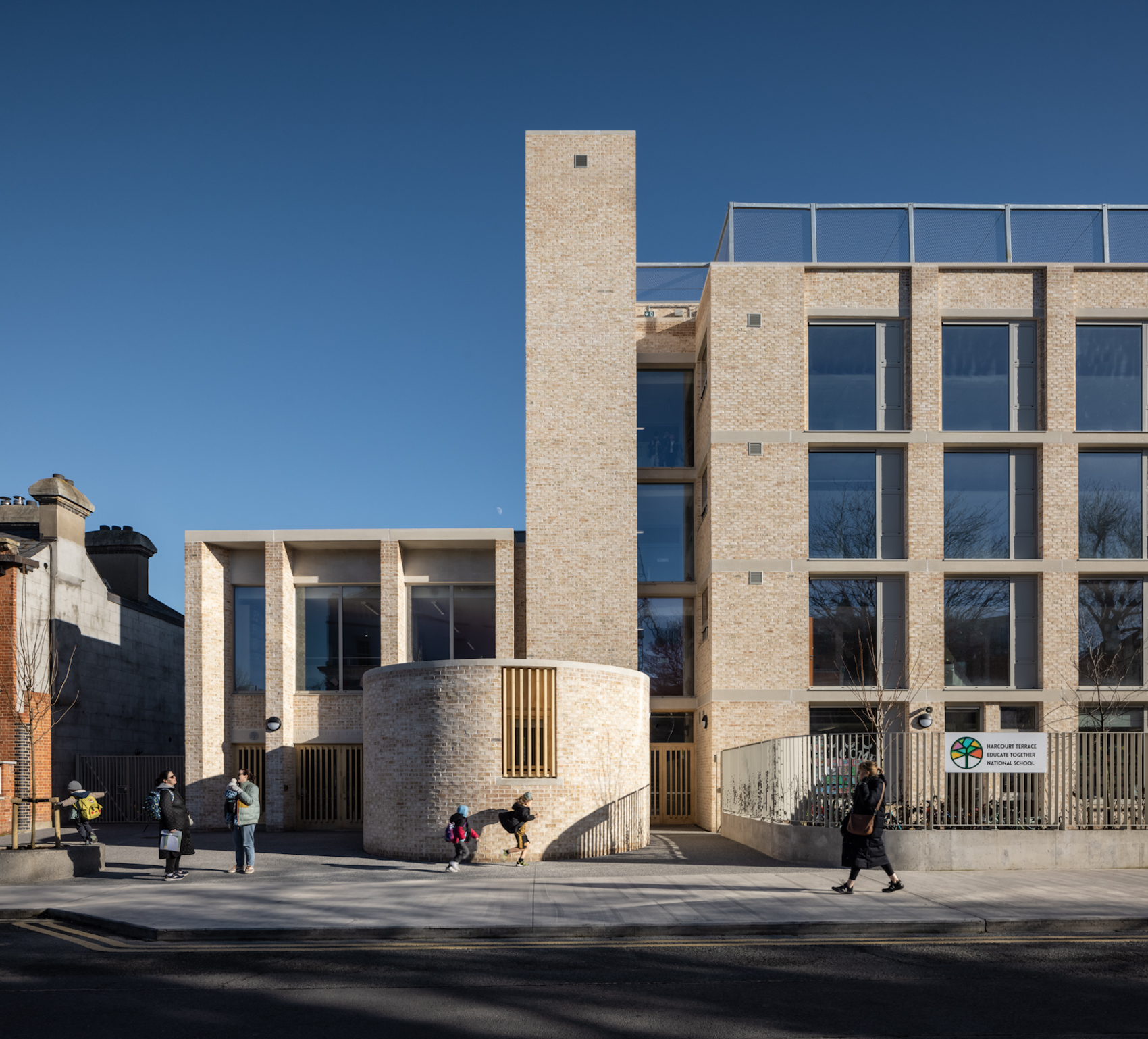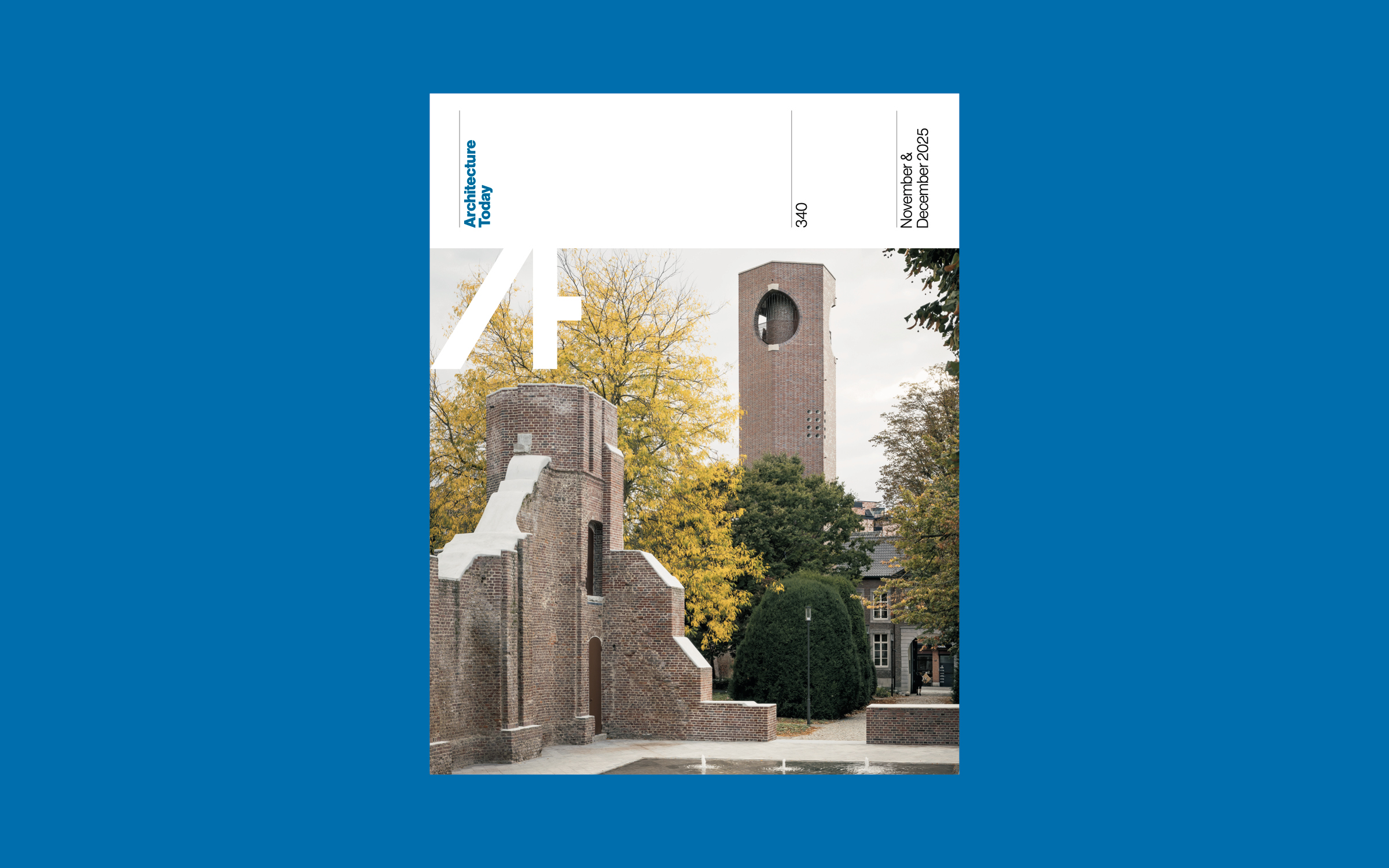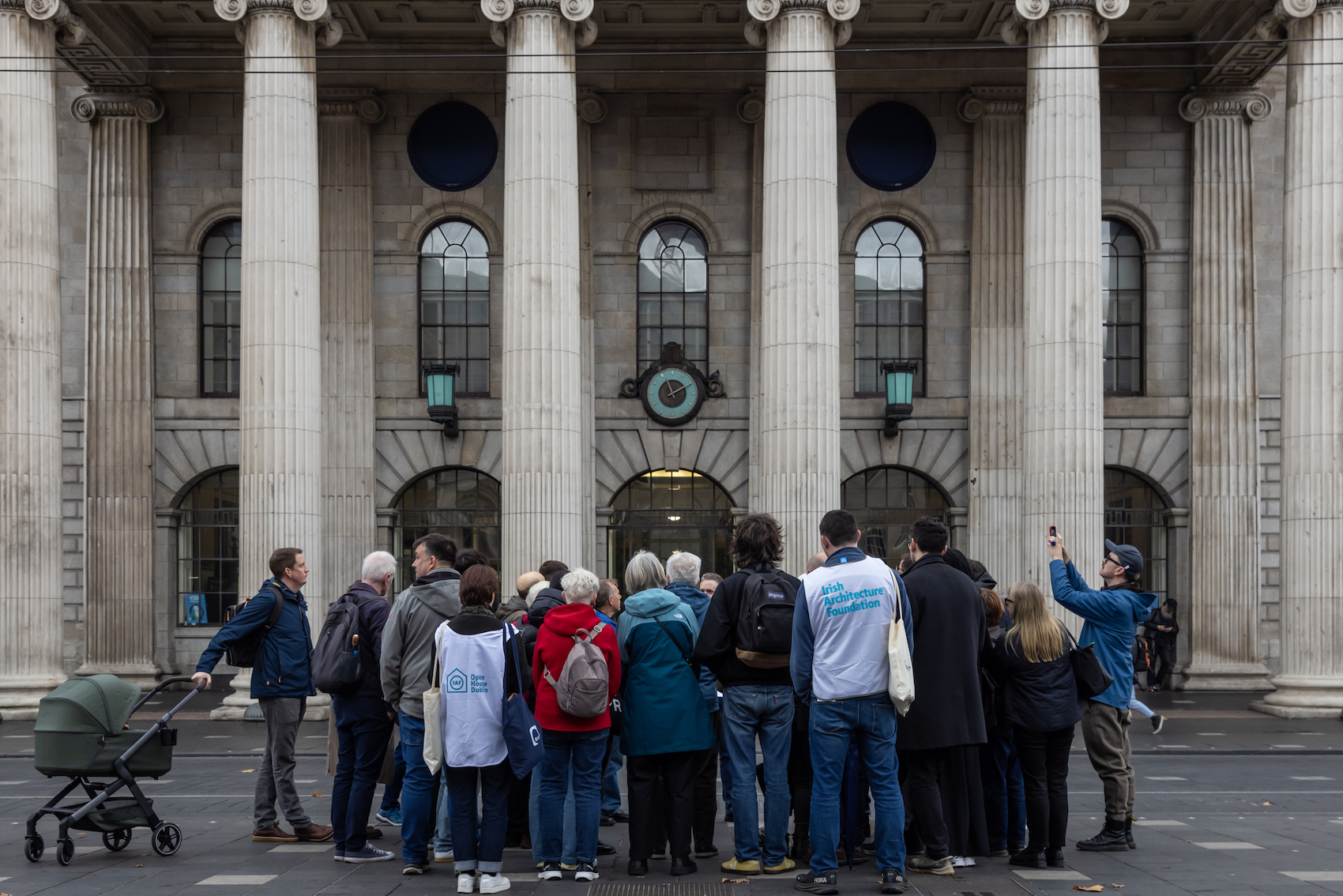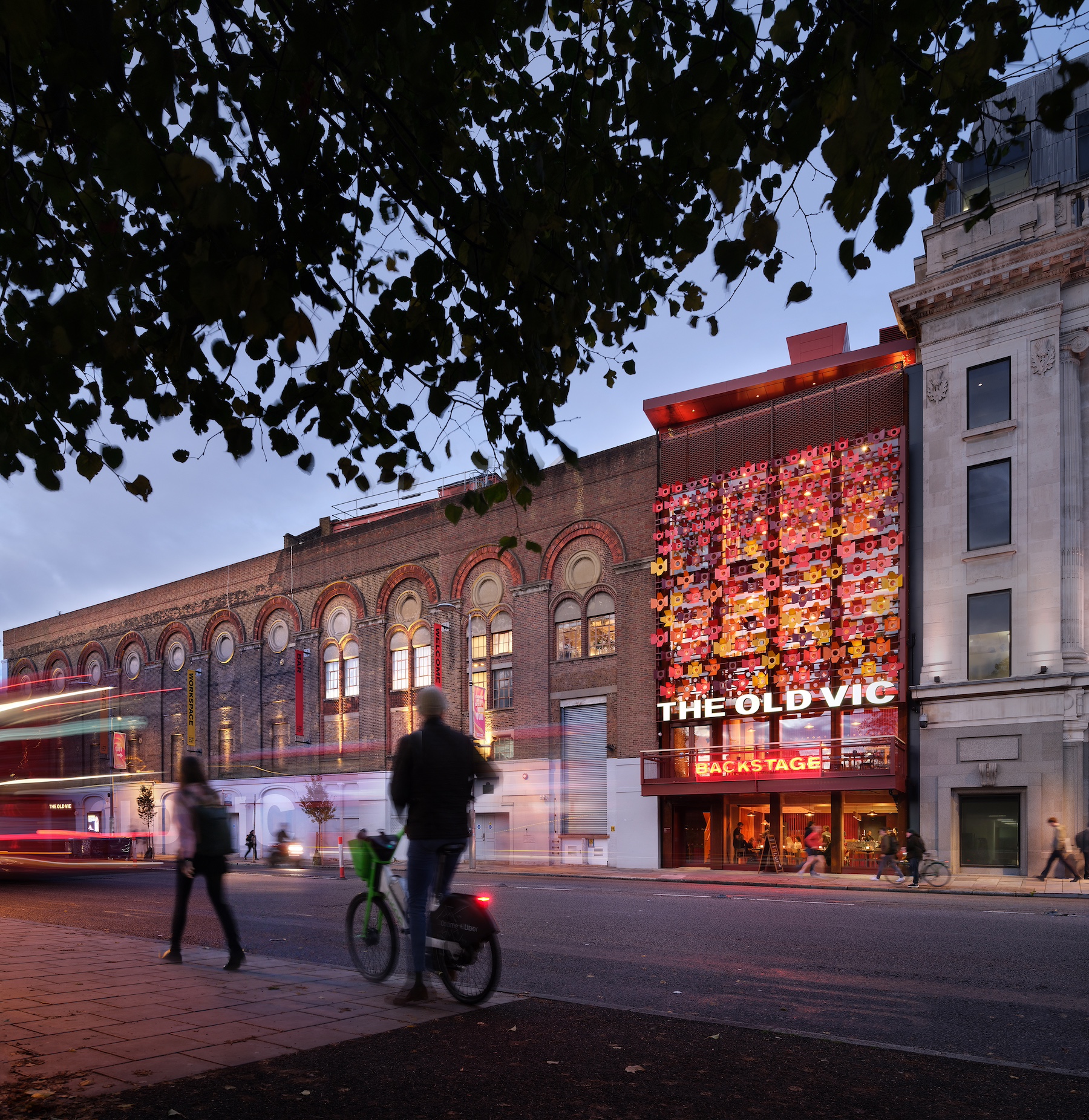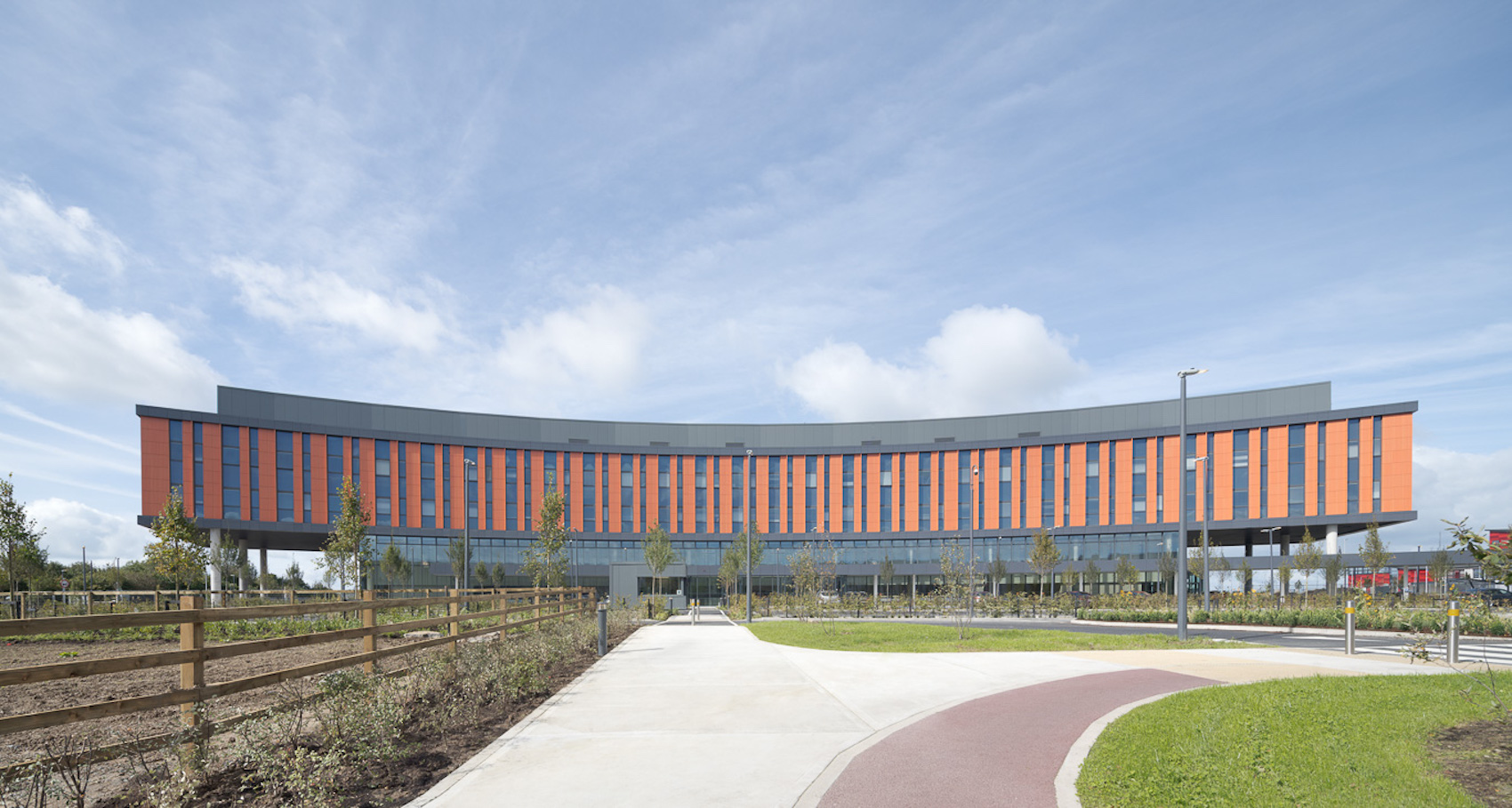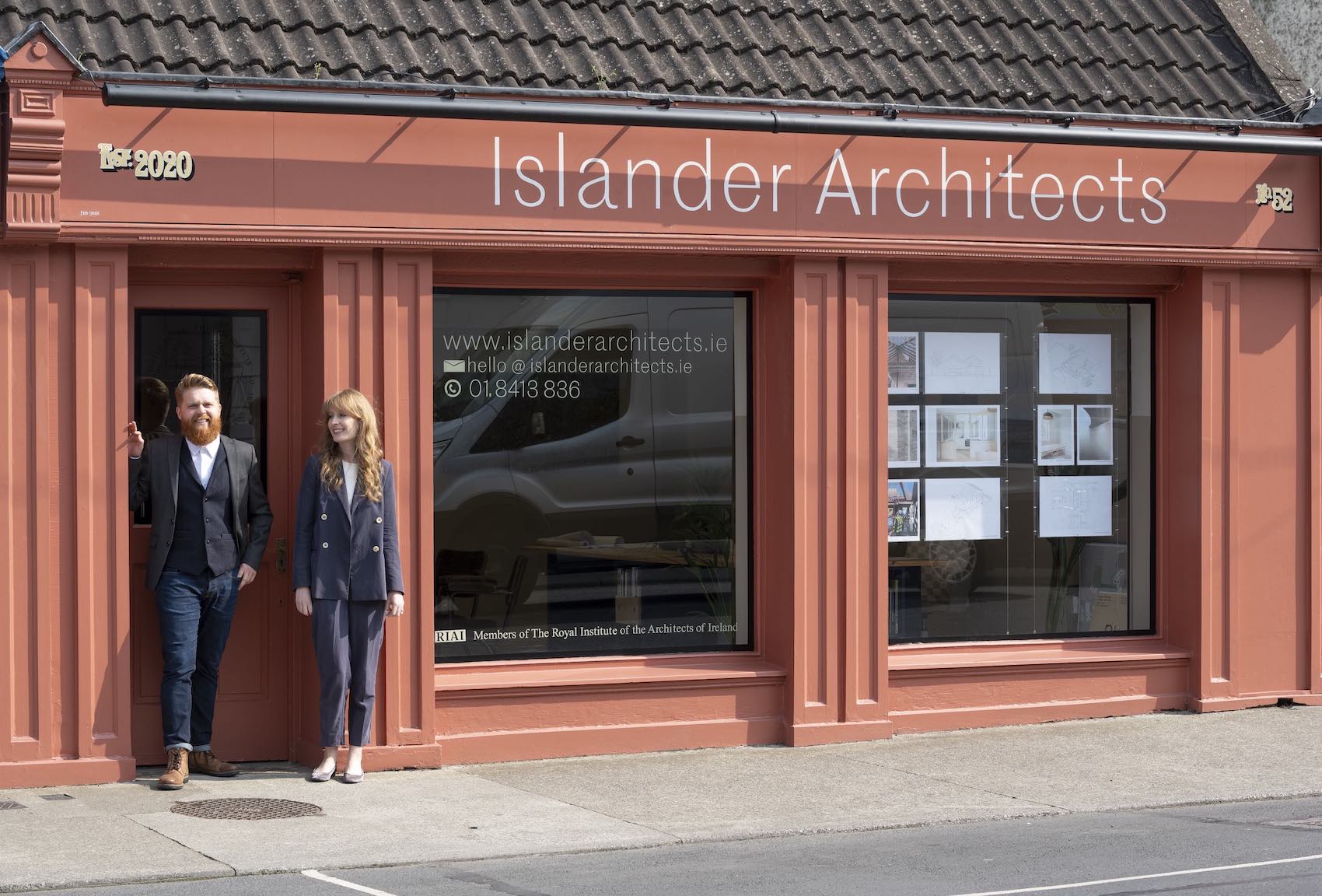Architects, urbanists and advocates Tim Gill, Dinah Bornat, Petra Marko and Jonny Anstead reflect on the growing international movement for child-centred urban planning, speaking at the ‘Start with Children’ summit in Bratislava.
At the Start with Children conference, hosted this month in Bratislava, architect and author Dinah Bornat; scholar and author Tim Gill; Principal at TOWN and developer Jonny Anstead; along with architect and chief executive of Metropolitan Institute of Bratislava, Petra Marko — four leading voices in child-friendly urbanism — discussed why cities globally are waking up to the needs of children, and what that means for healthier, more equitable futures.
Why is child-centred urban planning is gaining such traction internationally now? What global trends — social, political, environmental — have made this a pressing issue?
Tim Gill City leaders are finally taking more seriously the impact of urban planning on children’s health and wellbeing. Especially the harms caused by traffic danger, air and noise pollution and a lack of space for play and socialising. Also, a focus on children helps to build wider support for the measures that cities need to respond to climate change, declining health and even economic prosperity: tackling car dominance, supporting walking, biking and active travel, reducing emissions, and attracting and retaining the workforce that are any city’s lifeblood. Finally, children can make up a quarter or more of the population of most big cities, so their lack of voice is a big democratic deficit. By bringing children into conversations about the future of cities – figuratively and literally – city leaders cannot help but focus on long-term, collective, ambitious social, health and environmental solutions.
Tim Gill speaking at the 2025 Start With Children conference.
The conference states that a city designed for children is better for everyone. Can you elaborate on what that looks like in practice — and how it challenges conventional urban planning?
Tim Gill Leading urbanist and former mayor of Bogotá, Enrique Peñalosa, famously called children an ‘indicator species’ for cities; the presence of children of all ages being active and visible is a sign of success, just like the presence of salmon in a river. It is a compelling maxim, because it invites us to see cities as human habitats – not simply as places of economic activity — and it highlights those neighbourhood qualities that nurture happy, healthy citizens: safety, clean air, ease of movement, and strong, supportive communities.
How do you hope the Start with Children summit will influence urban policy beyond Slovakia? Are there mechanisms in place to help scale or replicate best practices discussed at the event?
Petra Marko The summit is a global forum bringing together child-friendly cities experts from around the world. Slovakia as a country is certainly not a leader in the topic – rather, we want to learn from the best and highlight the benefits of child-friendly urban planning to our city leaders – as well as other countries and cities, who take note of this movement. The plenary keynotes will make a case why this is so important and what is at stake. The parallel sessions will provide a deep dive into case studies and programmes, which should give local authorities and city makers practical tools and advice how to get started.
Dinah Bornat on stage.
With growing pressure on cities to adapt to climate change, migration, and aging populations — how can child-focused planning serve as a lever for broader resilience and sustainability?
Dinah Bornat Sustainability is about meeting the needs of future generations, so it’s built into a child-focused or child friendly approach. Child-focused planning can help us take a long-term view of cities and neighbourhoods, but it also brings it right back to the here and now and gives us a way to interrogate development sites, proposals and long-term management plans. The fact that children spend 85 per cent of their waking hours not in schools, suggests we really need to think about that time and the environment they are in.
Jonny Anstead Thinking more consciously about the way children use spaces can point towards wider solutions to climate change. For example, a well designed, natural space with plenty of diverse landscape and planting could provide not only a good environment for children to play and explore, but also play a role in biodiversity, water management, and urban cooling.
It is also a way of creating environments that are inherently more suited to the needs of older or disabled people: put simply, a place that is design to meet the needs of the youngest in society is more likely also to meet the needs of the most vulnerable.
Bratislava seems to be positioning itself as a leader in child-friendly planning. What motivated this shift — and how much of it is driven by social need, economic strategy, or political philosophy?
Petra Marko It is a combination of factors, but a crucial one is political leadership. Our Mayor Matúš Vallo has put children’s wellbeing at the forefront of his policies and tasked the Metropolitan institute to develop this concept. We started City for Children programme with one school in 2022, then scaled it with support of funding from UNICEF, and now the city invests directly into the next tranche of the programme.
So far we’ve worked with almost 20 schools, and by end of next year we will improve the surroundings of 34 schools since the start of the programme benefiting almost 15,000 children. And it is not just physical transformation and safety improvements. It is also about engaging children though play streets, workshops, perceptive walks or walking buses, building an engaged new generation with grater freedoms of independent movement and interest in how they can influence their own street or neighbourhood. We are also looking at how to embed child-friendly principles at urban planning scale, as we embark on drawing up the new metropolitan plan for the city.
Petra Marko introducing the conference.
Your city is doing this work despite constrained resources and a difficult national political climate. What lessons can other cities take from Bratislava’s approach to doing more with less?
Petra Marko I think it’s about thinking strategically about doing what is right in light of future challenges that we face, applying design thinking, and then scaling it up. When the Metropolitan institute of Bratislava (MIB) did the first school street, we didn’t have the necessary resources – whether people or finances, to work with 20 schools. But the first pilot enabled us to test and apply the learning in the next steps. It also gave us a stronger position in acquiring funding, because we could show that we already tested this approach in our context and that it worked.
The same applies to design guides and manuals, which MIB has produced around 20 so far – from street paving guidance, through to greenery, cycle stands, benches and so on. Now these best practices are being applied by the city departments, the city districts as well as private sector investors and gradually we can see a scaling up of good urban design across the city – making public transport more attractive with a consistent design of tram stops and shelters, making day to day streets more liveable by introducing trees or benches that encourage active frontages, creating continuity with a Bratislava paving system and so on. Simply put, cultivating the shared spaces in the city for all.
The UK has seen growing interest in ‘15-minute cities’, low-traffic neighbourhoods and school streets — yet also political backlash. How do you view London’s or the UK’s progress on child-friendly housing and placemaking?
Tim Gill Having championed child-friendly ideas for over 30 years, I can see growing numbers of built environment folk taking up the approach. However, progress in the UK is patchy, and dependent on local or regional support, in the absence of explicit policies from Westminster. That said, interest is growing in influential agencies like Active Travel England and Homes England. Uniquely for a major global city, London has had policy and guidance on outdoor play since the 2000s, including clear benchmarks such as a requirement of 10 square metres of play space per child in new housing developments.
The devolved governments in Wales and Scotland also have some strong policies and programmes. Measures such as Play Sufficiency Assessments (which require municipal plans and reviews) and default 20 mph speed limits in urban areas are beginning to make a difference. Support for school streets in particular (where Hackney and other London Boroughs are leading the way) shows the potential for child-friendly initiatives to have a dramatic impact on neighbourhoods.
Jonny Anstead on stage with Author Angela Garbes.
Jonny Anstead Many aspects of the planning and development system continue to work against good outcomes for children in placemaking. In all but the most urban locations, the requirement for car parking is generally high, meaning that land use is prioritised for car movement and storage rather than spaces that work well for children. Planning policy has strict requirements around waste collection, meaning that architects and developers end up spending more time (and devote more space) designing for bins than for children. In addition, there is a lack of confidence in the idea that consumers will prioritise their children when making choices about where to live. The received wisdom is that home buyers will always prefer convenience in car parking over decent spaces for their children – but the reality is that this is largely untested, given that different approaches are seldomly adopted.
What role do you think UK-based thinkers and practitioners (like your good selves) have played in shaping this agenda internationally? Are there specific UK initiatives you find especially inspiring — or lacking?
Tim Gill I aim to fly the flag for child-friendly urban planning around the world, and to offer insights and ideas that cross national boundaries. No matter where they live, children have pretty much the same needs and wishes for their cities, and face similar barriers to change. The UK is a source of inspiration for new approaches and models, as with the global movement to reclaim residential streets for play, championed by the Bristol-based NGO Playing Out.
We have also learnt from overseas; in my own part of London, Waltham Forest, the bold Mini-Holland scheme (inspired by Dutch transport planning) has transformed local streets, and is now a global lighthouse project. Yet the fact that initiatives like these are not yet mainstream shows the challenges. Foremost amongst these is a deep-seated and pernicious normalisation of car ownership and use, which skews planning and design at all levels, and stops places from being truly healthy, convivial and inclusive. Of course, this is a global challenge, which is why international networks and advocacy are so valuable.
Dinah Bornat I think as a practitioner, one of the things I can do is to tell the story about what we and others are doing. There are many elements to child friendly practice – through advocacy, policy, engagement and design. I work across all of these, and with different ‘hats’ on if you like, I’m either doing it, or I’m providing advice to others who are (or not). This gives me a really good view point, I know where the pain points are, and how to cut through, when I can.
There are lots of UK initiatives, from places like Leeds who have a child friendly city approach, or London where the policy is strong. Or Hackney and other boroughs where the housing is being built. It is also through conferences like Festival of Place where ideas are nurtured, so that now they are mainstream, in as much as people are used to hearing about it and it’s no longer niche.
But of course, we need to do more. We are hamstrung by the car industry and car centred planning. Imagine a day with no cars, that would really focus our minds on what we’ve lost and maybe we’d redraw the battle lines.








